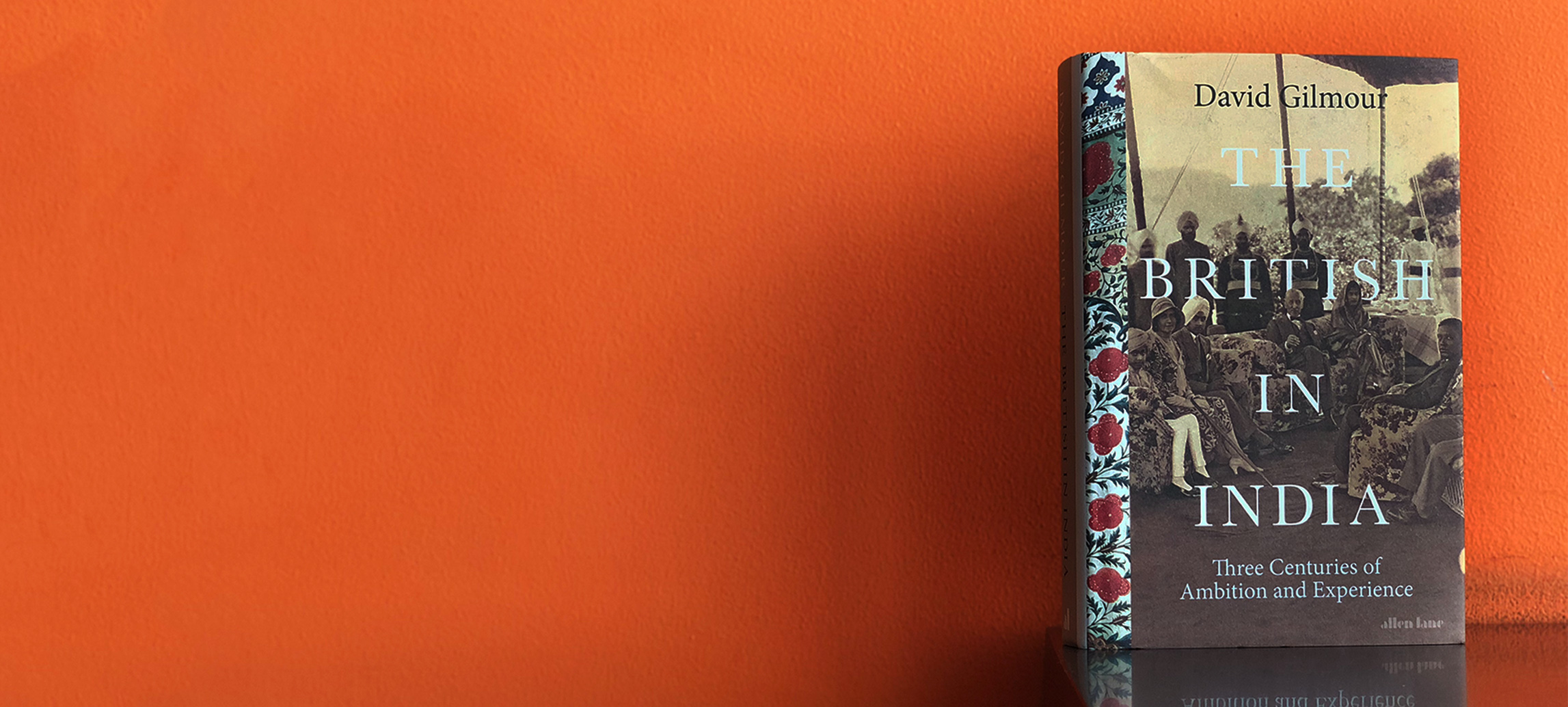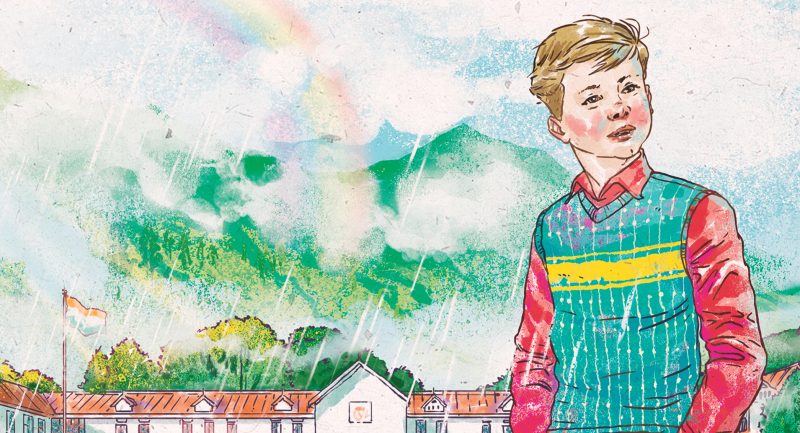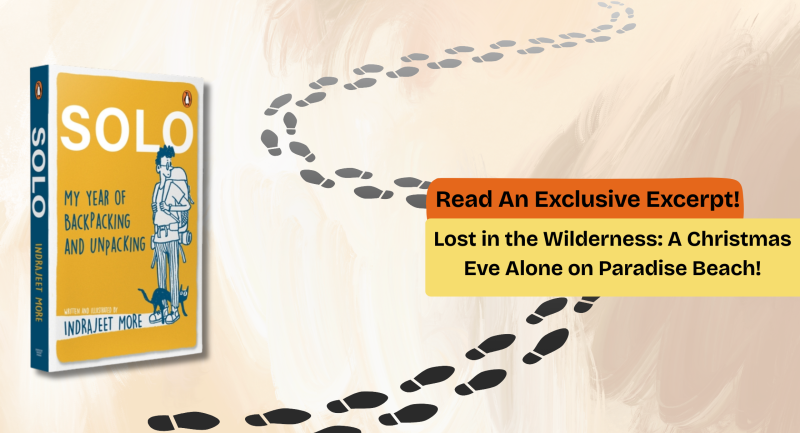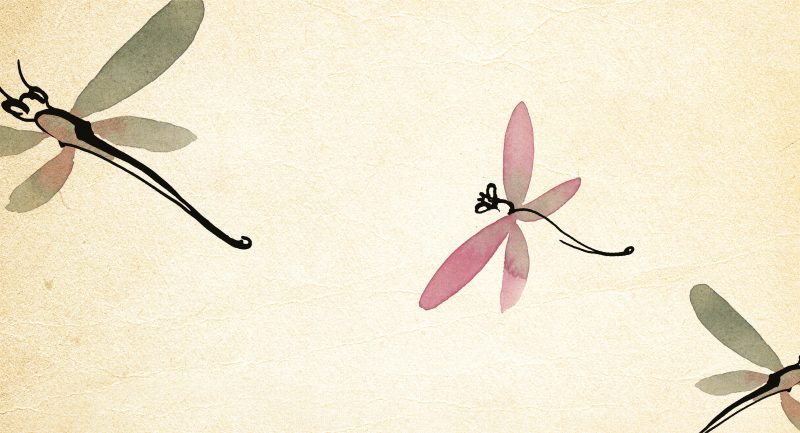
This book explores the lives of the many different sorts of Briton who went to India: viceroys and offcials, soldiers and missionaries, planters and foresters, merchants, engineers, teachers and doctors. It evokes the three and a half centuries of their ambitions and experiences, together with the lives of their families, recording the diversity of their work and their leisure, and the complexity of their relationships with the peoples of India. It also describes the lives of many who did not fit in with the usual image of the Raj: the tramps and rascals, the men who ‘went native’, the women who scorned the role of the traditional memsahib. Below is an excerpt from the book. Read on!
Salvation for Doyle came three years later with his marriage, after which his army report rated him as ‘regular, good and temperate’. The agent of this remarkable transformation was his wife, Margaret, the daughter of John O’Brien, another Irish soldier in India, a private in the Madras Fusiliers whose regiment had been sent north to help counter the Rebellion of 1857.* O’Brien was part of the relief force that arrived too late to save the British in Kanpur (Cawnpore) although it did manage to reach the besieged city of Lucknow. Badly wounded in the shoulder during the conflict, O’Brien decided to retire on his pension to Bangalore. Although the subsequent Doyle-O’Brien marriage might have seemed a purely Irish union taking place in a tropical ambience, this was not in fact the case. As the registry records demonstrate, John’s wife, Matilda, was an Indian girl who at the age of thirteen converted to Christianity a month before her marriage. Billy Connolly’s reaction to the news that he thus had Indian forebears and probably – given that Matilda had several siblings – a large number of Indian cousins, was both charming and bemused. Although the comedian still felt he was a ‘Glaswegian, Scottish person’ – large, white and hairy – he was ‘very proud and happy to be part Indian’ as well.
As Connolly’s story suggests, much of Britain’s relationship with
India, especially at a personal and popular level, has very quickly been forgotten. One cannot help wondering why his maternal grandmother, to whom he was very close, never told him that her own grandparents had lived in India and that her mother had been born in Bangalore; if she had been ashamed to admit her Indian ancestry, she could have left that bit out. The story also indicates how much of the British-Indian relationship, again at a personal level, was accidental. Most British people did not go to India to conquer it, govern it or amass a large fortune there. When Daniel Doyle enlisted in the 3rd Battalion of the 60th Rifles, he did not know that he would be sent to India and spend half his active life there as a soldier who would never be called upon to fight a battle. Like private soldiers, many British women and children lived in India by accident, without having chosen to do so; chance or unexpected circumstances had brought them there. If we look merely at Connolly’s own profession, the theatrical, we find a good number of future actors living fortuitously on the Subcontinent: a list of those who were born in India, or went to school or spent parts of their youth there, would include Vivien Leigh, Merle Oberon, Norman Wisdom, Lindsay Anderson, Spike Milligan, Tom Stoppard, Felicity Kendal and Joanna Lumley, many of whom will appear later in this book. If we examine an even smaller profession, that of writers, we find that Thackeray, Kipling, Saki, Orwell (and Orwell’s second wife, Sonya) were all born in India.
The British in this book lived in India from shortly after the death of Queen Elizabeth I until well into the reign of Queen Elizabeth II, a span of some three hundred and fifty years. Life for them was very different – and was led very differently – in diverse ages, just as it was in Britain. For nearly three-quarters of that time British settlements – and later possessions – were administered by the East India Company (EIC); for the last ninety years of the Indian Empire (1858–1947) they were under the direct rule of the British government. All divisions by ‘period’ are artificial and prone to generalization, but perhaps one can divide Britain’s time in India roughly into thirds. The first (and largest) had its share of war and violence, especially on the west coast, but was mainly a matter of small enclaves concentrating on trade. The second, stretching from the 1740s to the 1850s, was a period of conquest and expansion during which the East India Company, one of several rival European entities, emerged to become the paramount power in India. The third (and shortest), ending in 1947, was an era of consolidation and subsequent withdrawal. Yet even these divisions would need to be divided into contrasting subdivisions. As at home, the behaviour of the British in India was very different in the Regency period from what it was in the more earnest years of the early Victorians.
The British in India makes a highly original and engaging contribution to a long an important period of British and Indian history.









